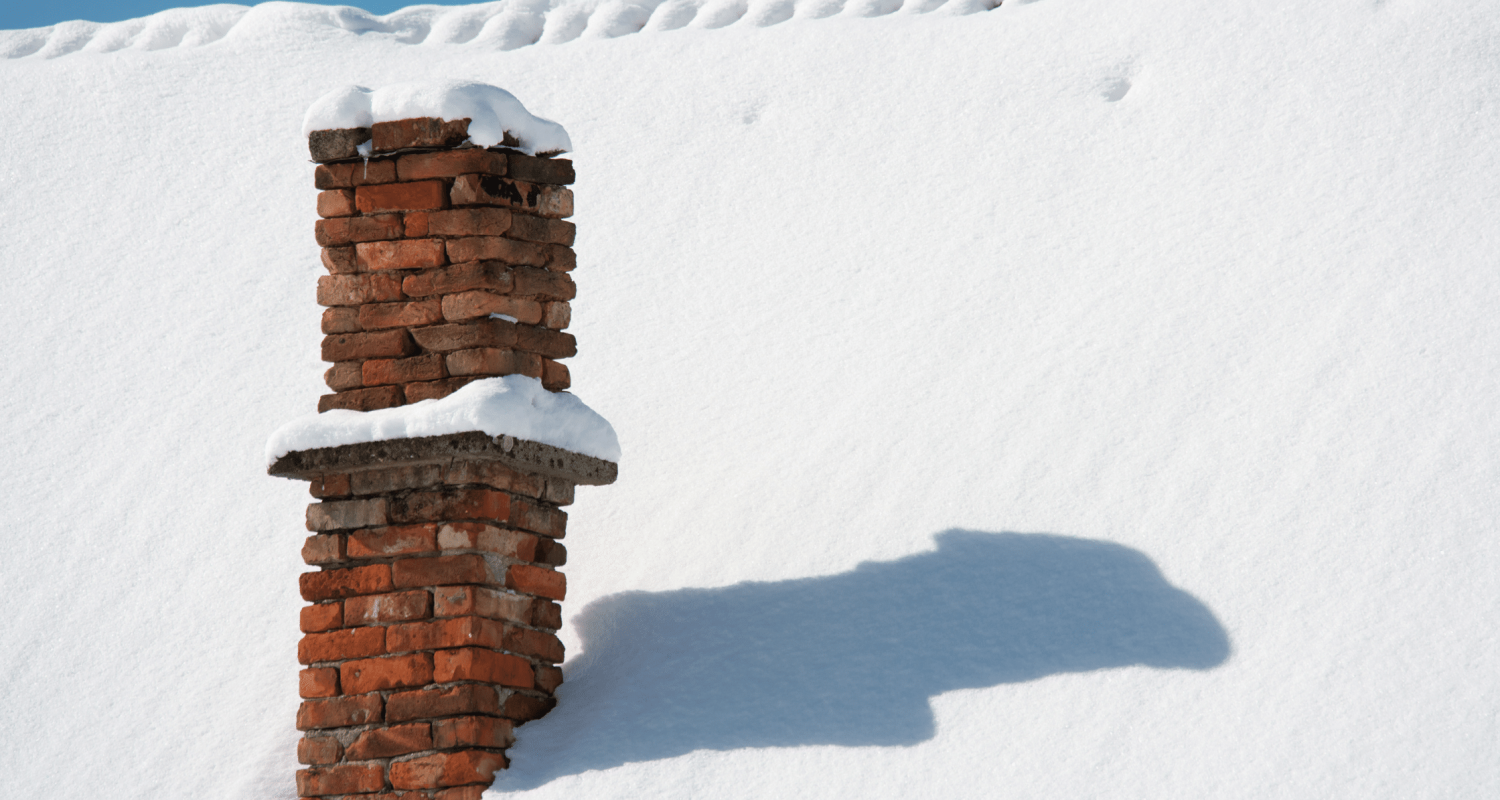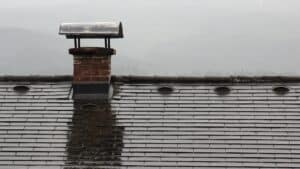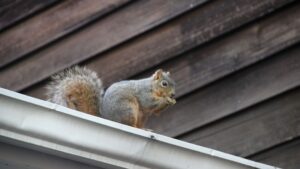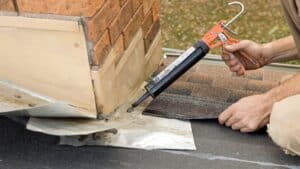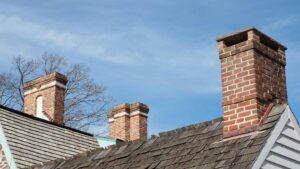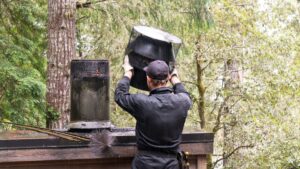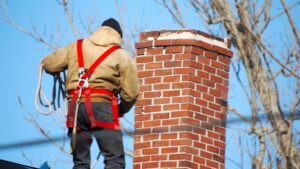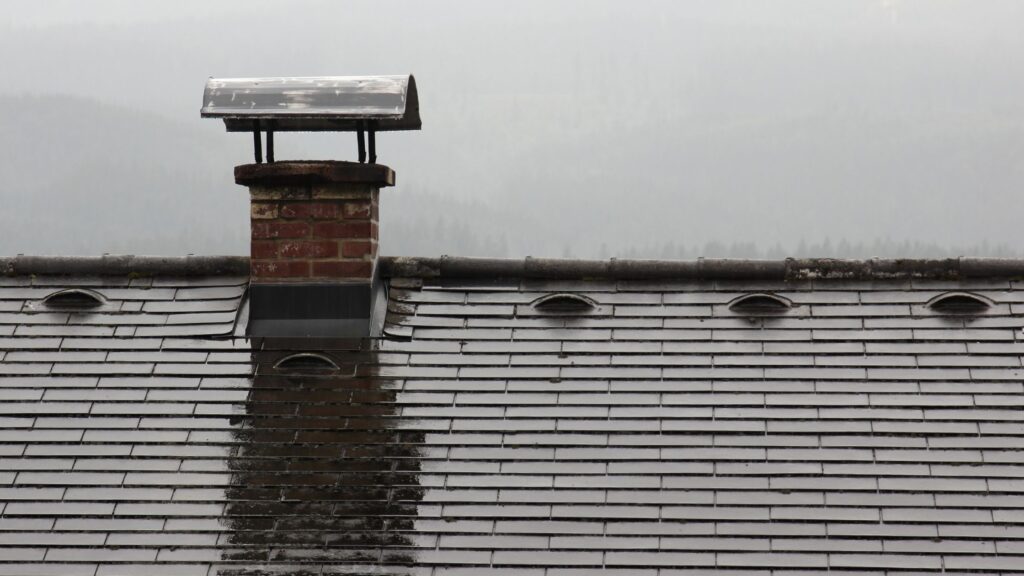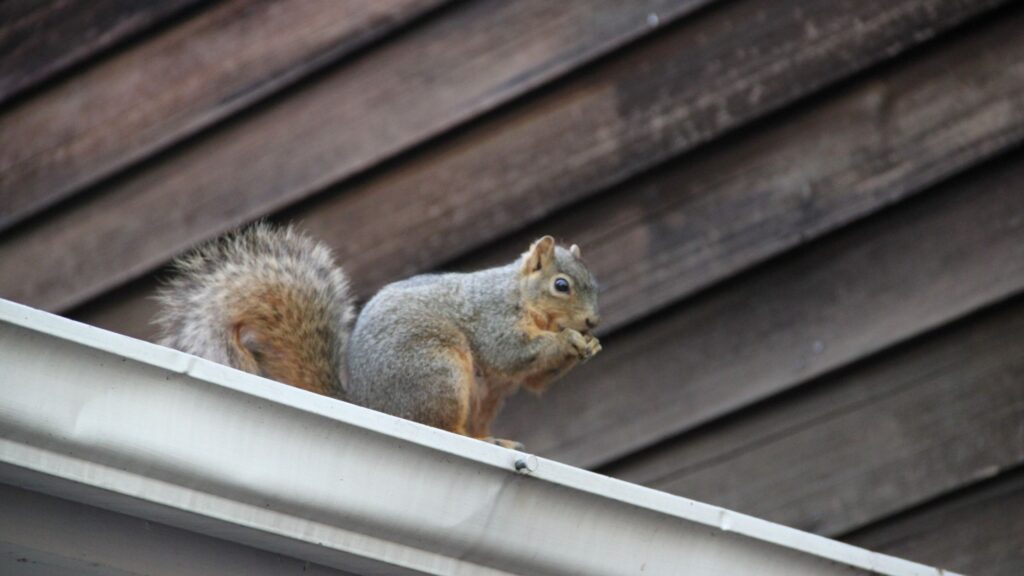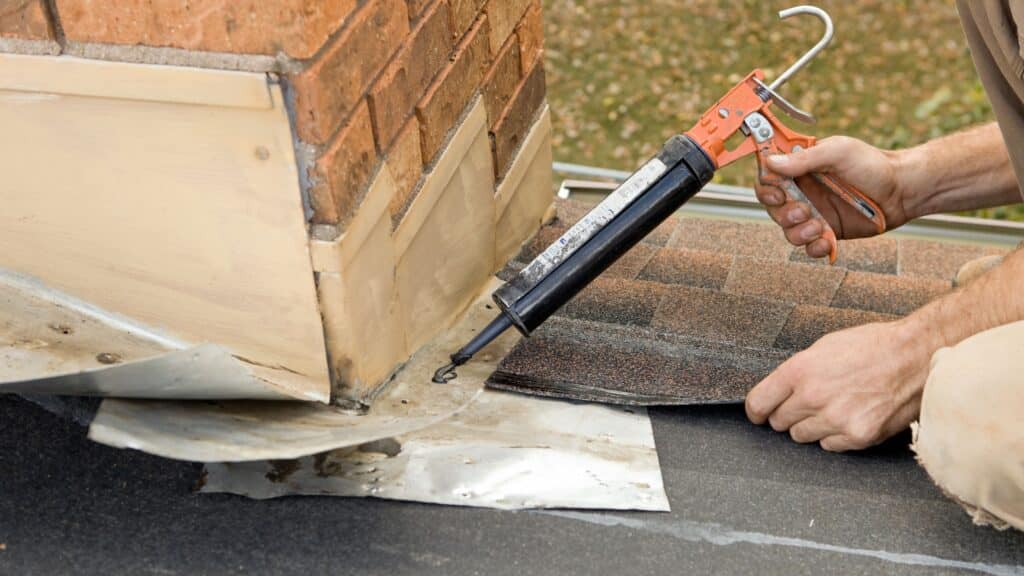Winter can be one of the harshest seasons for your chimney. Snow, ice, freezing temperatures, and strong winds take a serious toll on masonry, leading to cracks, leaks, and structural damage. Many homeowners don’t realize the extent of winter chimney damage until spring rains make the problems worse, causing costly repairs.
In this article, we’ll explore how winter weather damages chimneys, why issues like cracks and leaks worsen in early spring, and what you can do to spot and repair post-winter chimney damage before it becomes a major problem.
How Winter Weather Affects Chimneys
Chimneys are designed to withstand the elements, but prolonged exposure to freezing temperatures and moisture can weaken even the most durable masonry. Here are some of the biggest threats that winter weather poses to your chimney:
1. The Freeze-Thaw Cycle: A Major Cause of Chimney Damage
How It Happens:
- Moisture seeps into tiny cracks in the bricks and mortar.
- When temperatures drop, the trapped water freezes and expands.
- As the ice melts, it leaves behind bigger cracks.
- Over time, this repeated cycle weakens the chimney’s structure.
The Result:
- Cracked or crumbling bricks and mortar.
- Spalling (flaking or breaking) bricks.
- Loose or missing mortar joints.
2. Heavy Snow & Ice Can Weaken the Chimney Structure
How It Happens:
- Accumulated snow and ice put extra weight on the chimney, stressing the masonry.
- Melting snow can seep into cracks, accelerating the freeze-thaw effect.
- Ice dams forming around the chimney base trap moisture, increasing the risk of leaks.
The Result:
- Chimney leaning or shifting due to excess weight.
- Weakened mortar, making the chimney more susceptible to collapse.
- Chimney flashing failure, leading to interior water leaks.
3. High Winds & Storm Damage
How It Happens:
- Winter storms bring strong winds that can loosen chimney bricks, flashing, and caps.
- Tree branches and debris may strike the chimney, causing cracks or blockages.
The Result:
- Misaligned or missing chimney caps, allowing rain and animals to enter.
- Loose chimney flashing, leading to water leaks inside the home.
- Blockages from debris, restricting airflow and causing smoke backup.
Why Cracks & Leaks Worsen in Early Spring
Many homeowners don’t notice chimney damage until spring, when melting snow and heavy rainfall expose leaks and structural weaknesses. Here’s why:
- Spring rains intensify leaks – Even minor cracks can let in water, leading to interior damage like stained ceilings, mold growth, and rotting wood.
- Temperature fluctuations speed up deterioration – As spring brings warmer days and cold nights, the freeze-thaw cycle continues, causing cracks to expand even more.
- Birds & animals nesting inside – Small openings caused by winter damage can invite birds, squirrels, and raccoons to nest inside, creating blockages and additional repair needs.
How to Spot Chimney Damage After Winter
Exterior Signs of Chimney Damage
- Cracked or crumbling bricks or mortar.
- Spalling bricks (flaking or breaking apart).
- White, powdery stains on the chimney (efflorescence), indicating moisture damage.
- Leaning or shifting chimney structure.
Interior Signs of Chimney Damage
- Water stains on walls or ceilings near the fireplace.
- A damp, musty smell coming from the chimney.
- Rust or deterioration on the chimney damper.
- Smoke backing up into the home (could indicate blockages or structural issues).
When to Call a Professional for Post-Winter Chimney Repairs
While minor cracks or small areas of deterioration can sometimes be patched, most winter chimney damage requires professional repairs to ensure safety and longevity.
Schedule a Professional Inspection If You Notice:
- Visible cracks in the chimney bricks or mortar.
- Signs of water leaks or interior chimney moisture.
- A damaged or missing chimney cap.
- Chimney leaning or shifting.
- Excessive creosote buildup from winter fireplace use.
How True Ventilation Can Help Repair Your Chimney After Winter
At True Ventilation, we specialize in post-winter chimney inspections, repairs, and maintenance to keep your home safe and your chimney functioning properly.
Our Services Include:
- Chimney Inspections – Detect winter damage early and prevent costly repairs.
- Masonry Repair & Tuckpointing – Restore cracked or deteriorating bricks and mortar.
- Chimney Waterproofing – Protect your chimney from future moisture damage.
- Flashing & Chimney Cap Repairs – Prevent leaks and keep out debris and animals.
- Chimney Cleaning & Creosote Removal – Eliminate fire hazards from winter fireplace use.
Conclusion
Winter weather can silently damage your chimney, leading to cracks, leaks, and structural issues that worsen in early spring. A professional chimney inspection and timely repairs can prevent costly damage and ensure your chimney is safe and functional for the rest of the year.
Don’t wait until a minor crack turns into a major repair! Contact True Ventilation today for a comprehensive post-winter chimney inspection and repair service in Catskill and the Hudson Valley.
People Also Ask
- How do I know if my chimney is damaged after winter? – Look for cracks, leaks, water stains, and smoke backup in your home.
- Can winter weather cause a chimney to collapse? – Yes, extreme freeze-thaw cycles and excess snow weight can weaken the structure.
- How often should I have my chimney inspected? – At least once a year, preferably in spring after winter damage.



